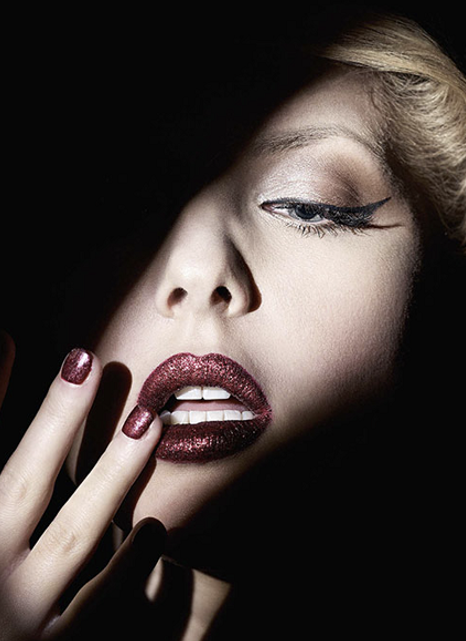Talking Walls is a collaborative project by the academically trained painter Dinara Hörtnagl and St. Petersburg-based street artists, including Stas Bags, Vladimir Abikh, Maxim Ima, Super 158, Nikita Dusto, Oskolki, Martin Aroe, Sasha Sam, and Turben
-
Dialogue between classical and street art
-
Building facades as a living testimony to a vanishing tradition
-
Reflections on life and city dilapidation
Dinara Hörtnagl brings together nearly a dozen creative entities whose various exploits have already earned them local fame. Coming from an artistic background and having graduated from the Repin Academy of Fine Arts, Dinara was introduced to the voice of the streets via her teenage infatuation with hip hop. As a member of the Active Project dance studio she took part in large-scale events featuring many-time breakdance world champions of the early 2000s — while socialising with them she learned the ins and outs of street culture.
Dinara’s chosen collaborators are young artists (think ‘young at heart’ rather than in terms of their actual age). About a decade ago the name of Stas Bags topped the headlines of the city lifestyle publications which raved about the artist’s incredibly inventive art objects of the time. The same is true today for Vladimir Abikh: the artist who used to make waves in the streets of Yekaterinburg is now seen more and more often in polyphonic group shows at various street style festivals across the country. Maxim Ima is well known for his unconventional curatorial projects in Protvor — a place no less unconventional and probably downright unique. Nikita Dusto and the anonym (or anonyms) known as Oskolki (‘Shards’) have over the past 5 years left their tags on each and every little pillar, booth and cabinet of unknown function spread throughout the city. These utility facilities are generally as invisible for the average pedestrian as manholes. It is the sharp and pointed ‘Oskolki’ or the chunky ‘Dusto’ lettering that makes us notice them. Super 158 is known as the organiser of the so-called ‘writer jams’ in various St. Petersburg locations, giving life to the brightly painted old vans seen around town. Turben, originally a graffiti artist, has recently had a solo museum show. His interests range from naive art to mass culture. Sasha Sam and Martin Аroe are graffiti writers in the purest sense: nothing but letters and blank walls hidden deep inside double-exit courtyards. Disparate as they are, all artists mentioned above belong to the proactive generation which, in the absence of messengers and blogs, preferred to write on school desks or apartment block walls.
Dinara Hörtnagl’s paintings are of seemingly unoccupied and uninviting 19th-century buildings sporting dark windows and cracked and moulded plasterwork. A rusty Soviet-era garage, a concrete fence serving as a backdrop to the battle of light and shadow, streaks of paint on a fire wall all present rather interesting textures to a painter. In this case the stigmata left by street artists seem to be the perfect complement to Dinara Hörtnagl’s remarkably masterful works. Her canvases have been augmented by the individuals whose creations you might likely wish to avoid seeing, but it so happens that they are all around us. The project presented at Erarta Museum explores, among other things, how much gets lost in translation from the language of the streets — not always do we manage to understand what the walls are trying to tell us. The buildings painted by Dinara Hörtnagl look like dinosaurs on the verge of extinction and seem to have no specific address: you might spot them in any Russian city or town.







